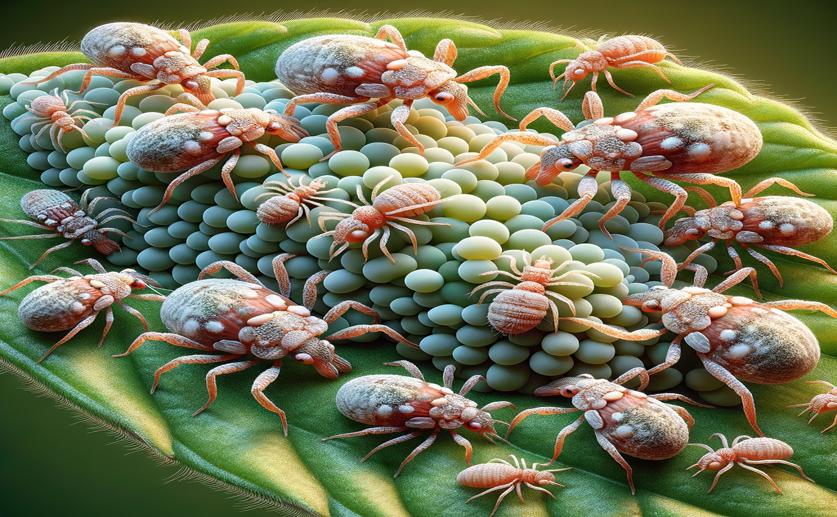
How Predatory Mites Respond to Eggs and Young Nymphs of a Common Plant Pest
Greg Howard
14th June, 2024

Image Source: Natural Science News, 2024
Key Findings
- Researchers at Inner Mongolia Agricultural University studied two predatory mites, Neoseiulus setarius and Neoseiulus barkeri, for controlling the goji berry pest Bactericera gobica
- Both mite species showed a type II functional response, meaning they can effectively reduce pest populations, especially at lower densities
- Neoseiulus setarius was more efficient, consuming more prey and having a higher attack rate and lower handling time than Neoseiulus barkeri, making it a better candidate for biological control
AgricultureEcologyAnimal Science
References
Main Study
1) Functional responses of two species of predatory mites (Acari: Phytoseiidae) to eggs and first-instar nymphs of Bactericera Gobica Logniova (Homoptera: Psyllidae).
Published 13th June, 2024
https://doi.org/10.1007/s10493-024-00920-9
Related Studies
2) Prey-stage preferences and functional and numerical responses of Amblyseius largoensis (Acari: Phytoseiidae) to Raoiella indica (Acari: Tenuipalpidae).
3) Potential of two populations of Amblyseius swirskii (Acari: Phytoseiidae) for the control of Bemisia tabaci biotype B (Hemiptera: Aleyrodidae) in Brazil.
4) Functional response of Euseius concordis to densities of different developmental stages of the cassava green mite.



 25th March, 2024 | Jim Crocker
25th March, 2024 | Jim Crocker